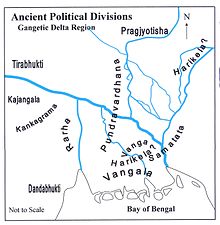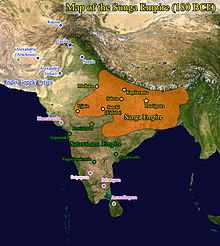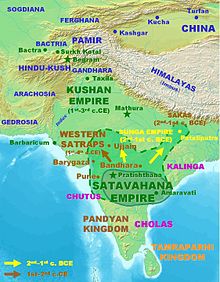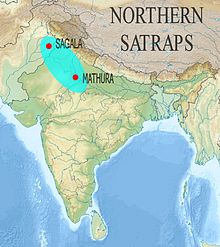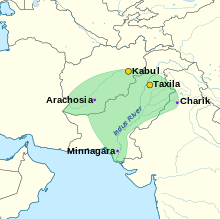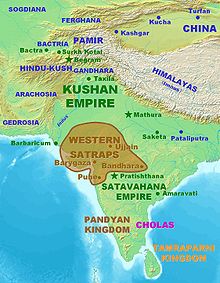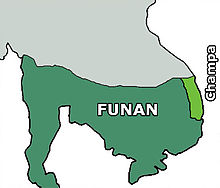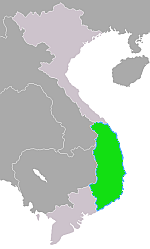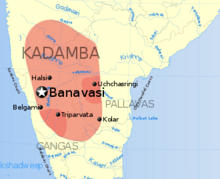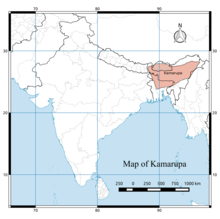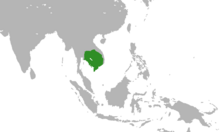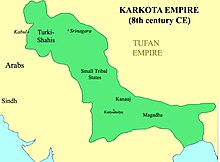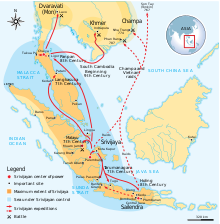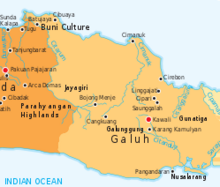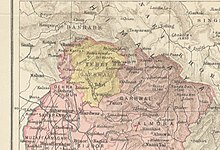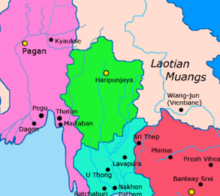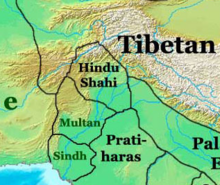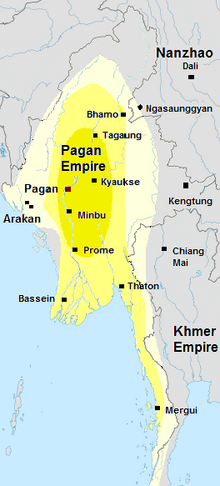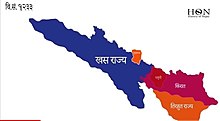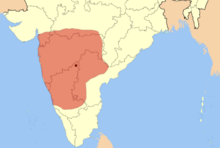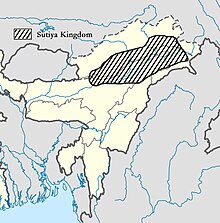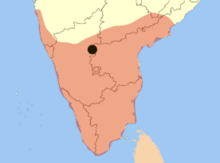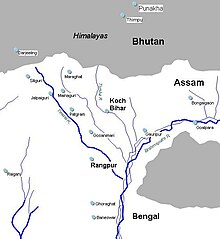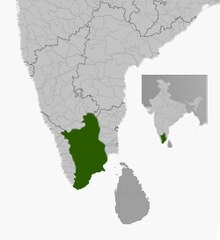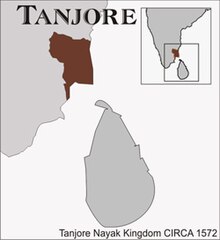List of Hindu empires and dynasties
An editor has nominated this article for deletion. You are welcome to participate in the deletion discussion, which will decide whether or not to retain it. |
This article has multiple issues. Please help improve it or discuss these issues on the talk page. (Learn how and when to remove these messages)
|
The following list enumerates Hindu monarchies in chronological order of establishment dates. These monarchies were widespread in South Asia since about 1500 BC,[1] went into slow decline in the medieval times, with most gone by the end of the 17th century, although the last one, the Kingdom of Nepal, dissolved only in the 2008.[2]
Early Indian history does not have an equivalent of chronicles (like the ones established in the West by Herodotus in the 5th century BC or Kojiki / Nihongi in Japan): "with the single exception of Rajatarangini (History of Kashmir), there is no historical text in Sanskrit dealing with the whole or even parts of India" (R. C. Majumdar).[3] While there are texts in Sanskrit, the Puranas, that profess to include the early Indian history, they were actually compiled by brahmins in the 1st millennium AD, and can be considered as contemporary with the described facts only from the time of Guptas (3rd century AD). These texts are considered legendary,[4] corresponding kingdoms are listed separately in the Puranic kings section.
List
[edit]Note: Kingdoms that acted as princely states to the British Empire are not mentioned except for the time period when they exercised sovereign control.
Puranic kings
[edit]Five Puranas (Vayu, Matsya, Brahmanda, Vishnu, Bhagavata) contain dynastic Puranic lists.[7] Approach of researchers to these lists varies from outright skepticism, especially prevalent in the 19th century ("extravagant romances, ... works of imagination",[8] "particular year is never mentioned"[9]) to cautious partial acceptance along the lines traced by F. E. Pargiter: "false genealogies ... imitate genuine genealogies", accepting limitations does not require to declare the absence of "any trust whatever".[10] Ludo Rocher in his book "The Puranas" (1986) provides a long list of chronological calculations based on Puranic lists with a warning that they are "often highly imaginative".[11]
| Kingdom | Capital(s) | Language(s) | Today part of |
|---|---|---|---|
| Puru kingdom | Vedic Sanskrit | ||
| Yadu kingdom | Vedic Sanskrit | ||
| Iksvakus kingdom | Vedic Sanskrit | ||
| Heheya Kingdom | Mahishmati | Vedic Sanskrit |
See also
[edit]Notes
[edit]References
[edit]- ^ Chaulagain 2019, pp. 1–2.
- ^ Chaulagain 2019, p. 6.
- ^ Witzel 1990, p. 1.
- ^ Witzel 1990, p. 2.
- ^ "Porus | Indian prince". Encyclopædia Britannica.
- ^ Saklani, Dinesh Prasad (1998). Ancient Communities of the Himalaya. Indus. ISBN 9788173870903.
- ^ Rocher 1986, p. 115.
- ^ Rocher 1986, p. 116.
- ^ Rocher 1986, p. 117.
- ^ Rocher 1986, p. 118.
- ^ Rocher 1986, p. 122.
Sources
[edit]- Chaulagain, Nawaraj (2019). "Kingship (Hinduism)". Hinduism and Tribal Religions. Encyclopedia of Indian Religions. Dordrecht: Springer Netherlands. pp. 1–7. doi:10.1007/978-94-024-1036-5_83-1. ISBN 978-94-024-1036-5.
- Witzel, Michael (1990). "On Indian historical writing: The case of the Vaṃśāvalīs". Journal of the Japanese Association for South Asian Studies. 1: 1–57.
- Rocher, Ludo (1986). "The Purāṇas as Historical Documents". The Purāṇas. History of Indian literature. O. Harrassowitz. pp. 115–132. ISBN 978-3-447-02522-5. Retrieved 2024-09-23.

